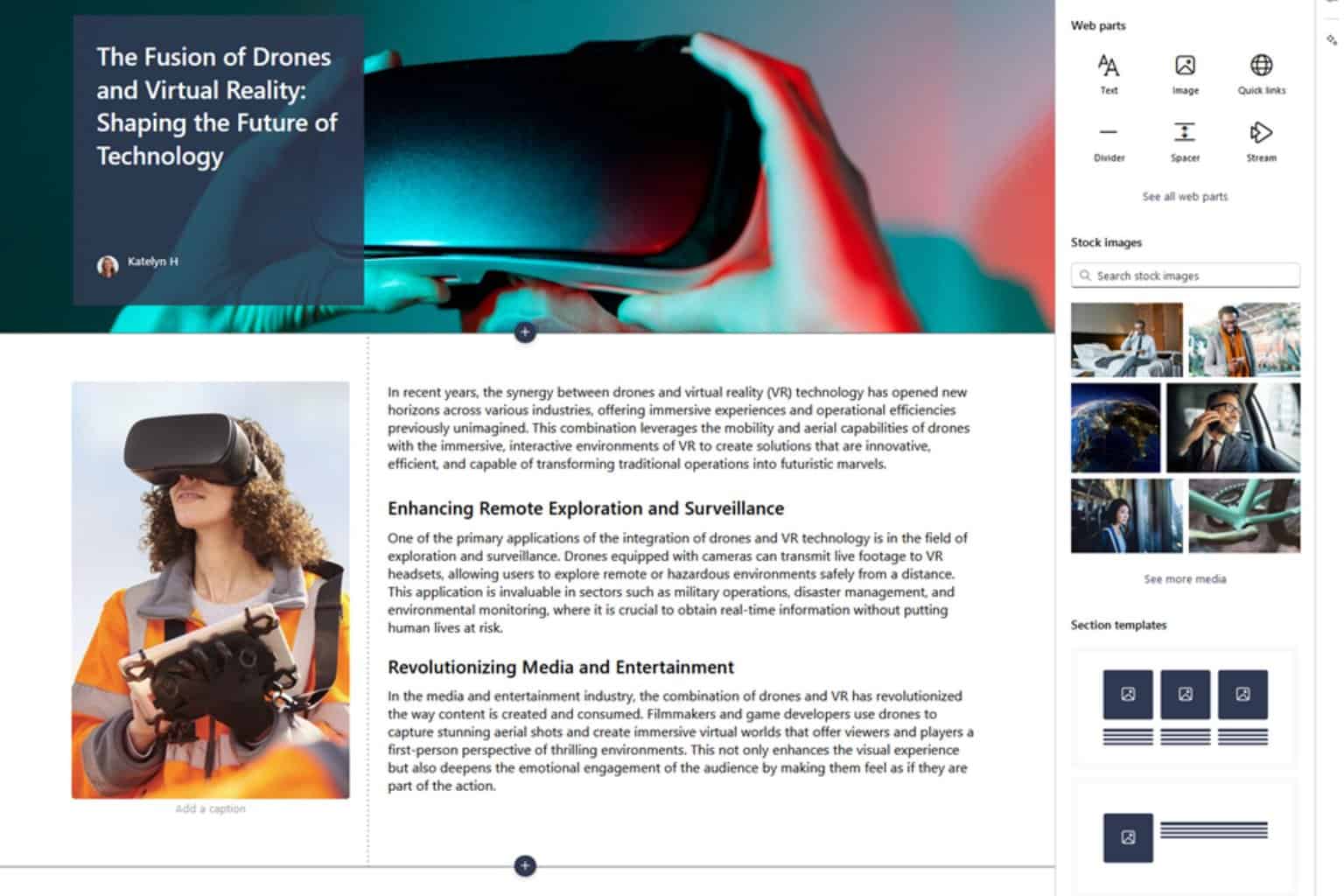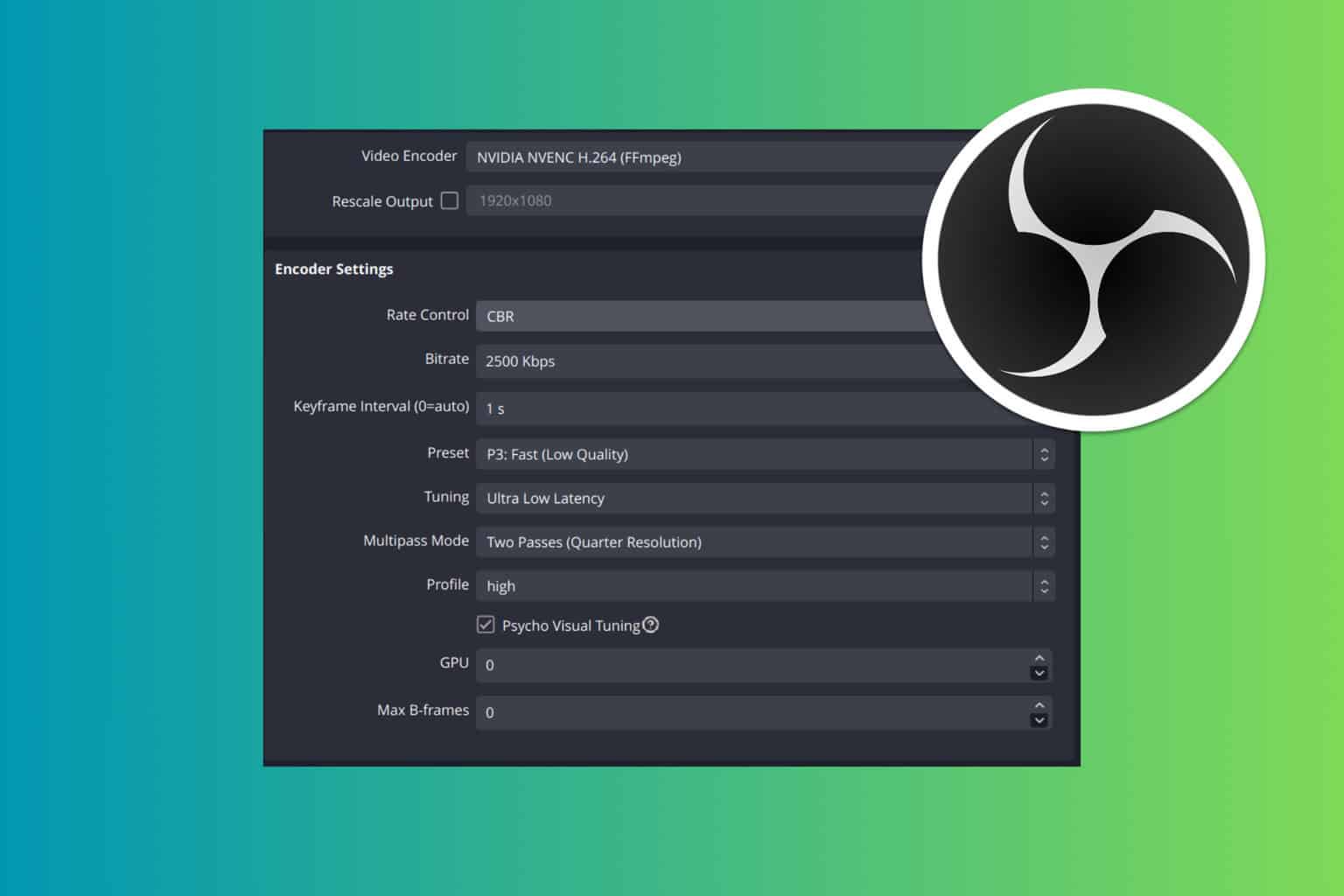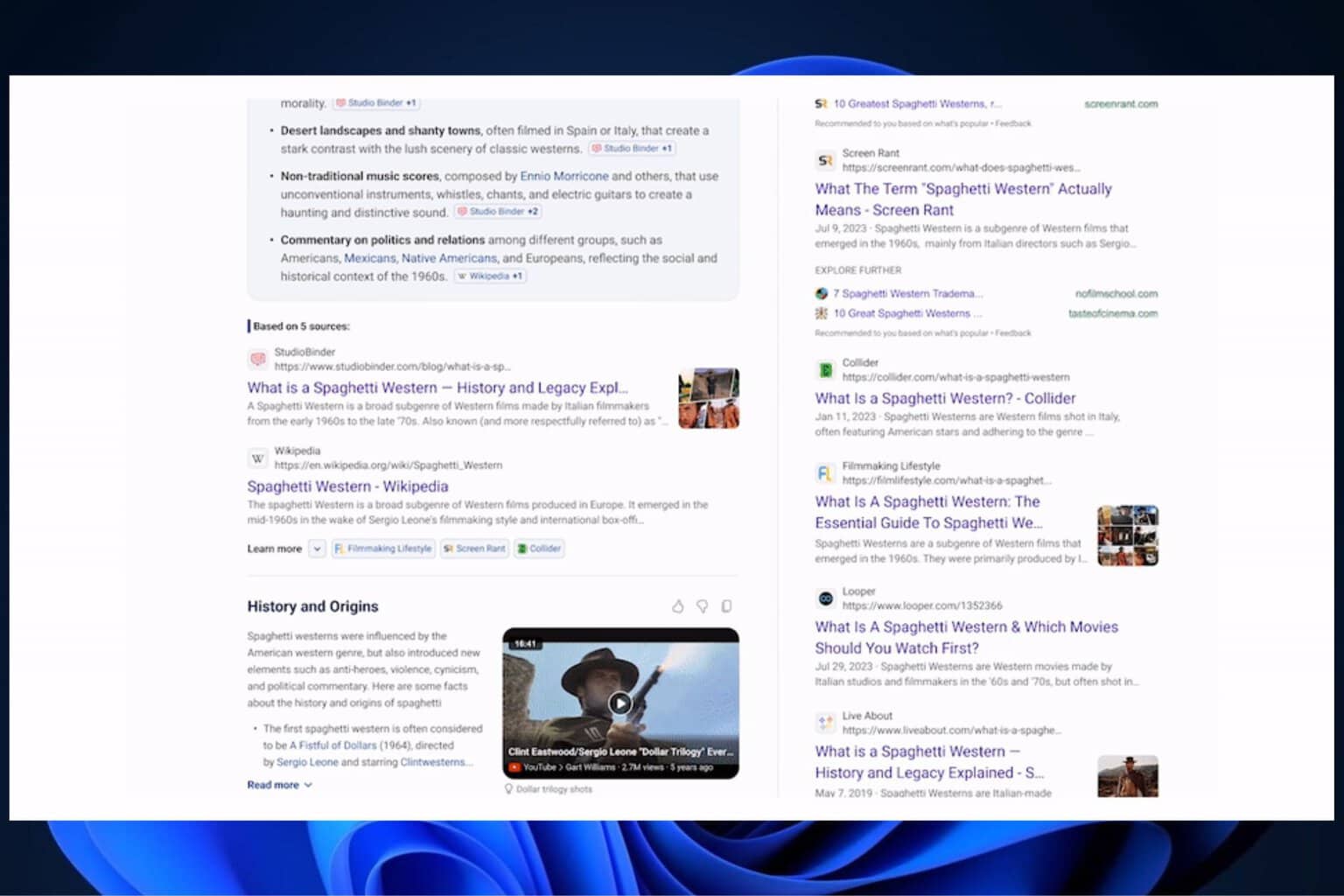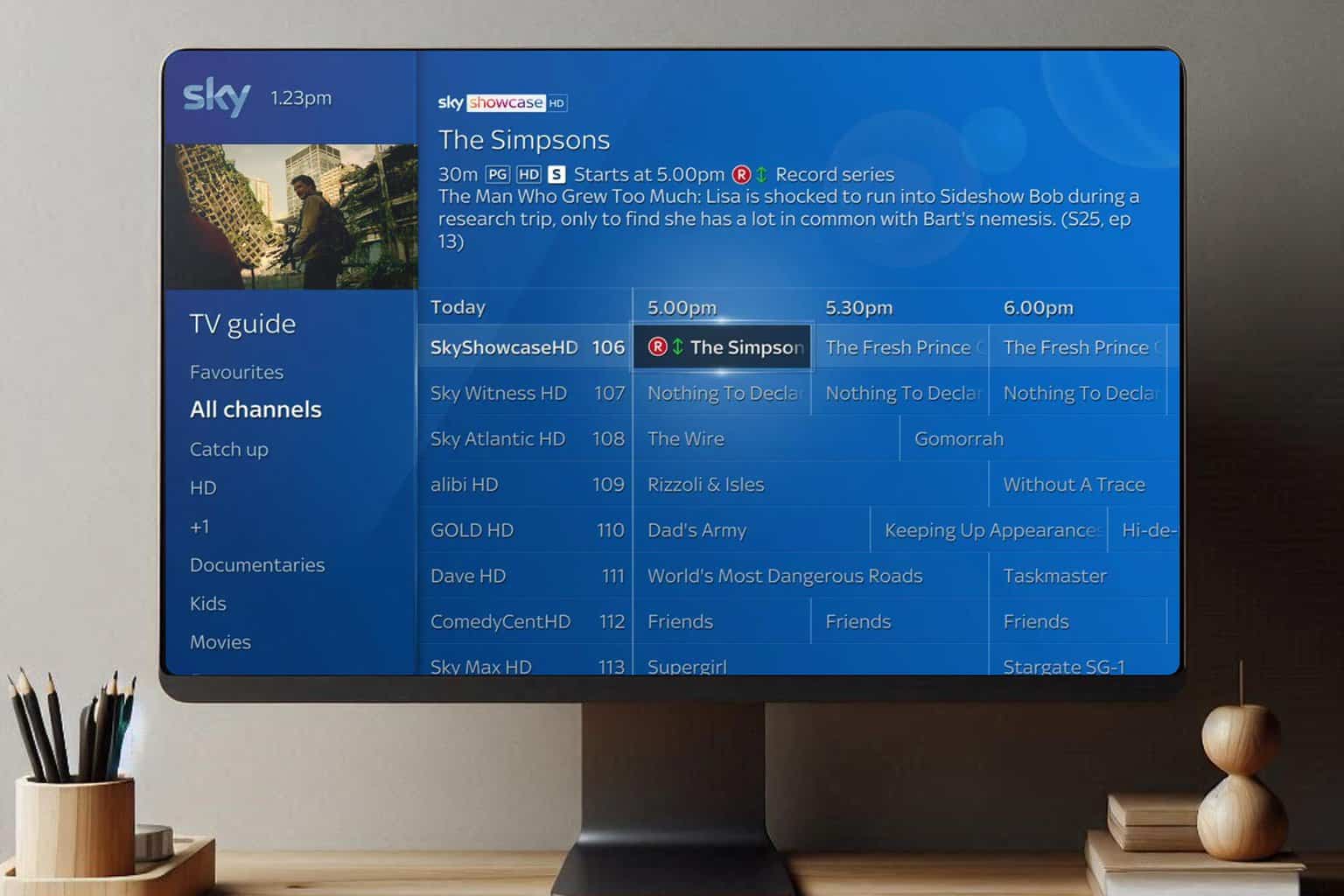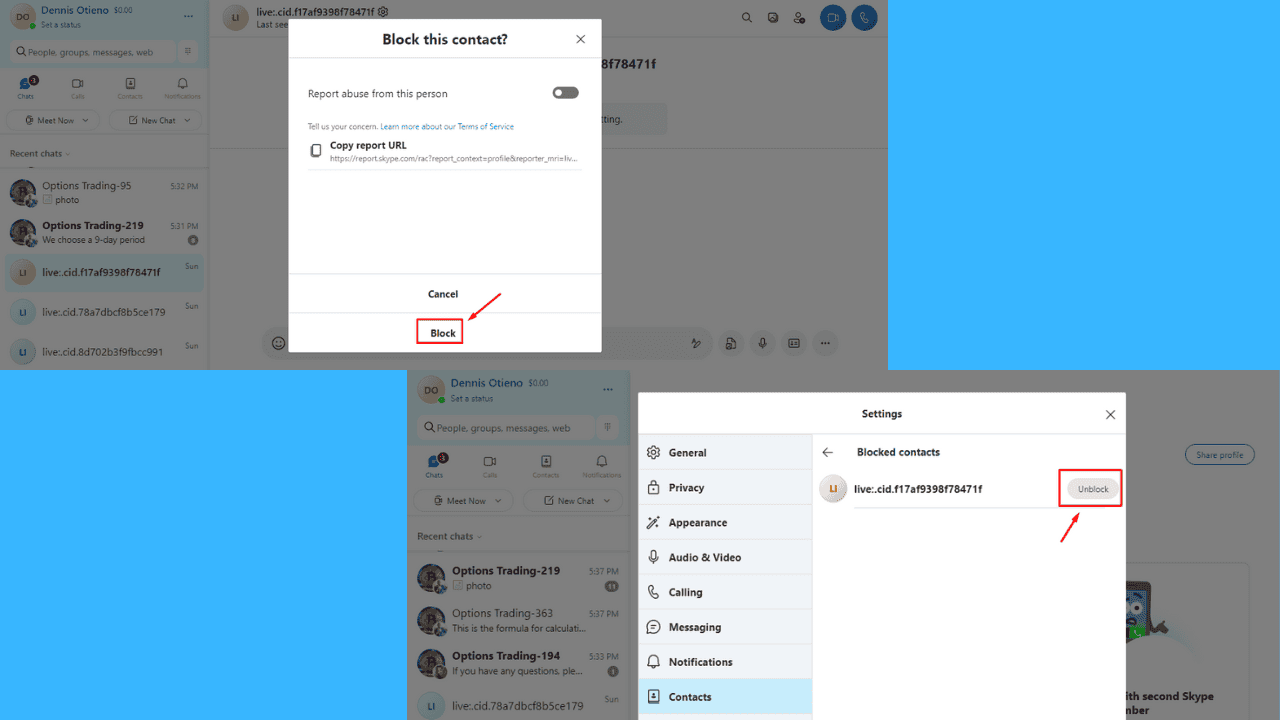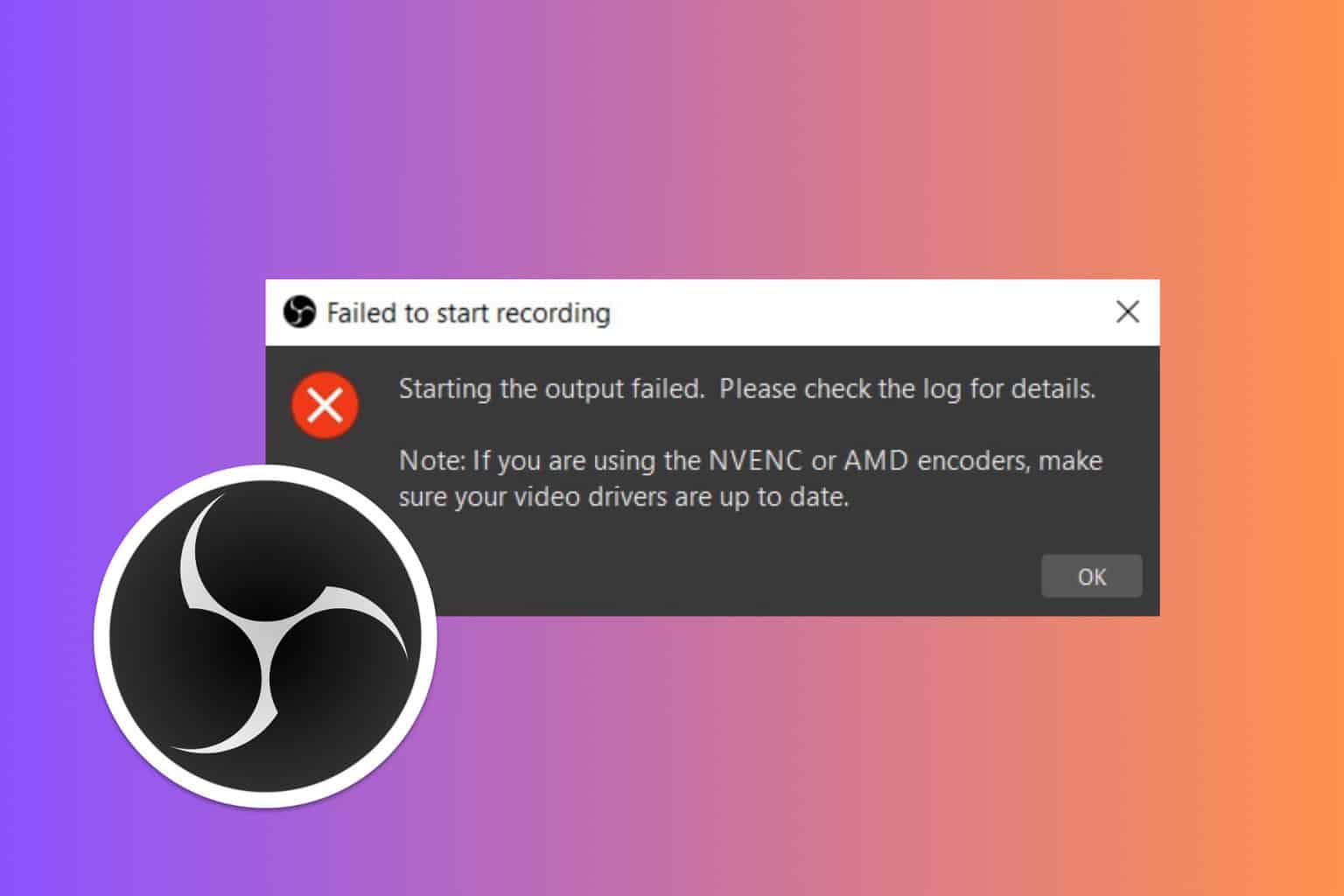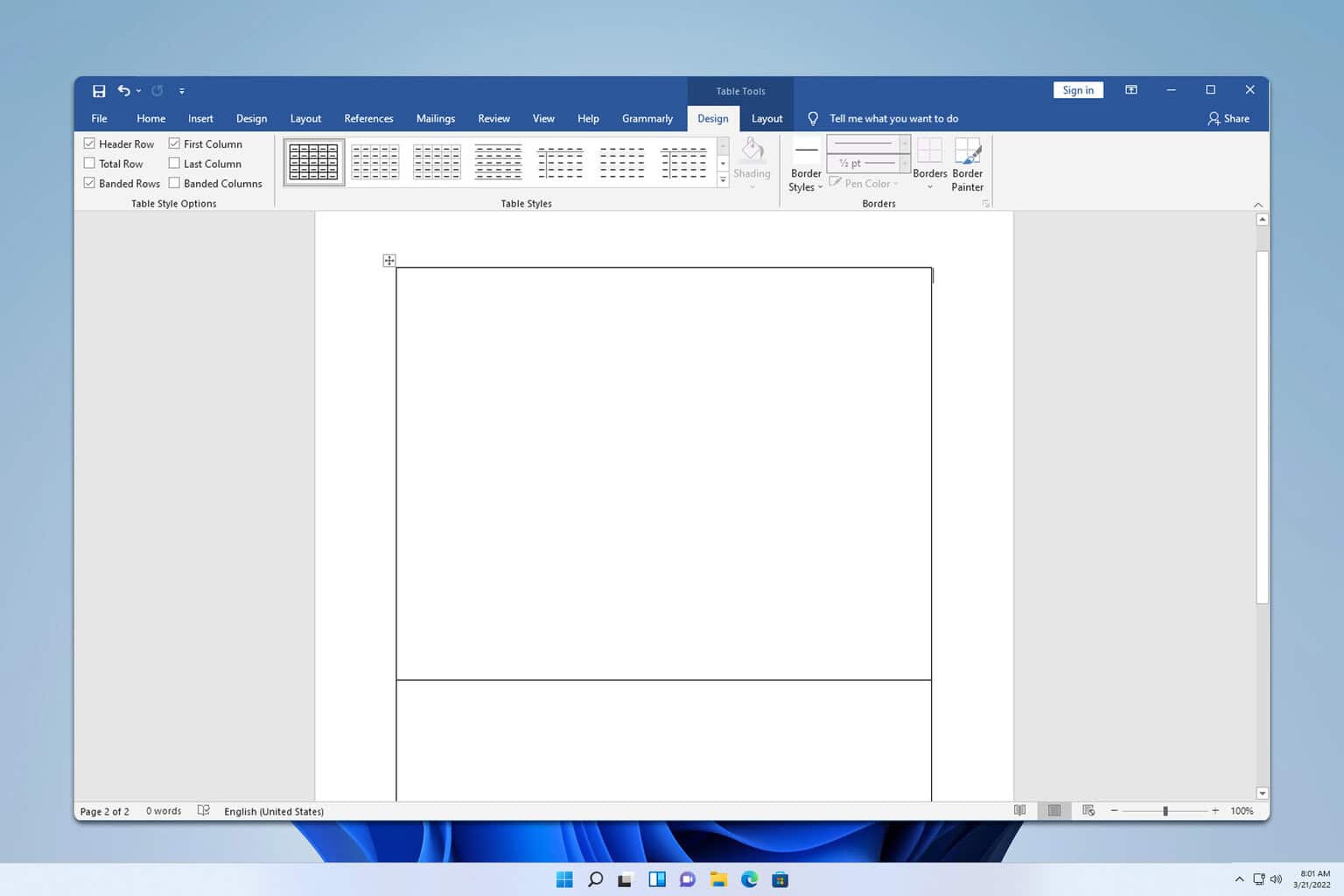Microsoft highlights its redesigned Windows 11 Context Menu and Share Dialog
2 min. read
Published on
Read our disclosure page to find out how can you help Windows Report sustain the editorial team Read more
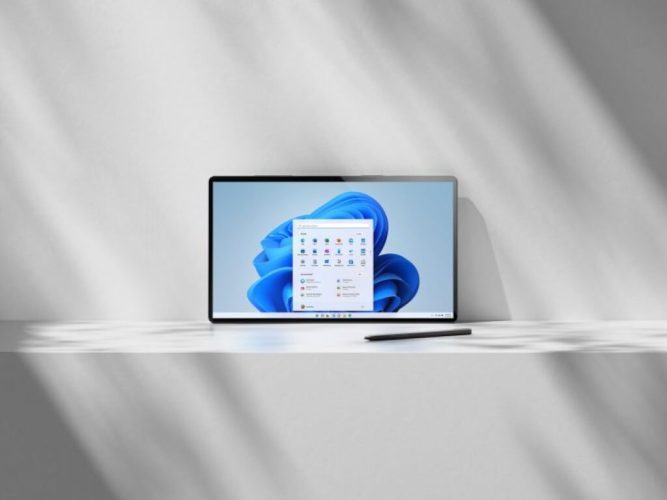
Windows 11 will be the first version of Windows to ship under the leadership of Chief Product Officer Panos Panay, and the first preview builds already show a very welcome attention to detail. If it takes some time to get used to the new Start Menu or the centered Taskbar, Windows 11 introduces a lot of new subtle animations that Panay himself highlighted last week.
The team designed beautiful micro-interactions for #Windows11 not only to bring the UI to life, but also to give a feeling of confidence through feedback #TheDetailsMatter pic.twitter.com/vIPU36p7z2
— Panos Panay (@panos_panay) July 15, 2021
Yesterday, a new post on the Windows Developer blog offered an in-depth look at the redesigned Context Menu and Share Dialog in Windows 11. Xander Fiss, a Microsoft Product manager working the Windows Shell explained that the company wanted to address the many shortcomings of the Windows 10 context menu, which was “exceptionally long” and poorly organized. “Many commands run in-process in Explorer, which can cause performance and reliability issues,” Fiss also explained.
Fortunately, the Windows 11 context menu should make things better for Windows users by better organizing commands. As an example, the “Open” and “Open with” commands are now group together, and Common commands are placed right next to where the menu is invoked.
If the new context menu looks much more compact, no commands have been removed: the “show more options” menu will actually load the Windows 10 context menu, providing access to low-use Shell verbs and apps that have yet to be updated to support Windows 11 App extensions.
The Share dialog in Windows 11 has also been redesigned to make Nearby sharing easier to use. For users who often need to email themselves, the section of the Share dialog dedicated to the email app will also display your contact card as the first entry in the contact list.
Lastly, the Windows 11 Share dialog will allow all apps including unpackaged Win32 apps to appear as targets, and PWAs downloaded via Microsoft Edge are also supported if they implement the Web Share Target API. Microsoft has shared some best practices for developers on the full blog post, and we invite you to check it out for more details.



